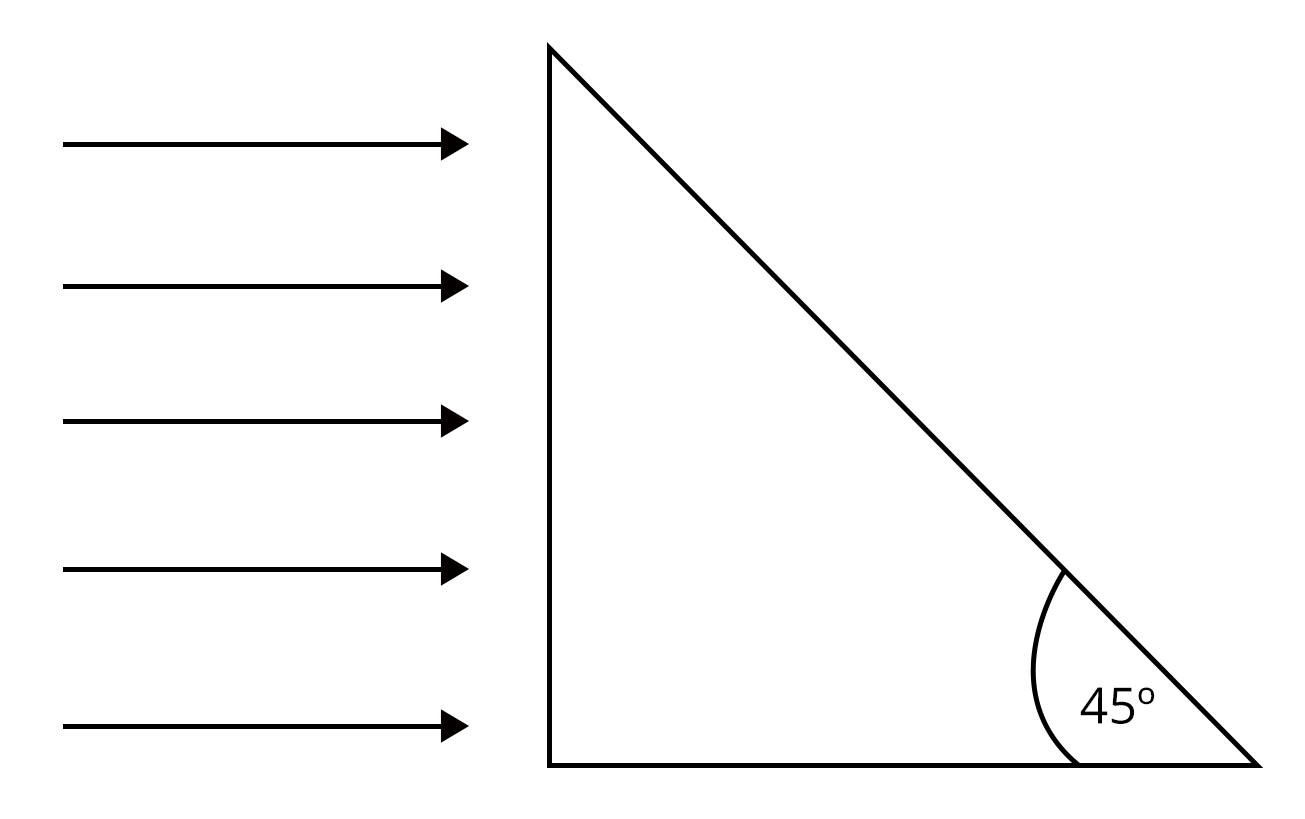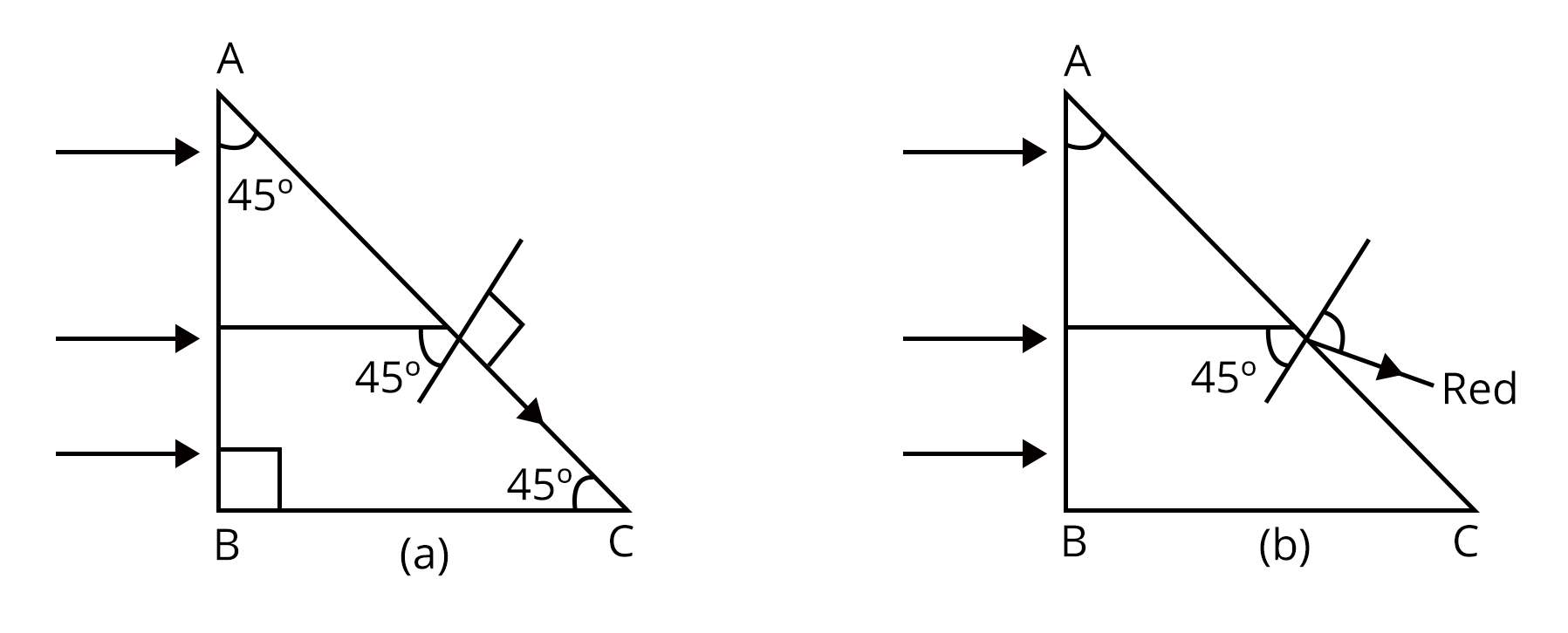




Concept of Optics for JEE Main Physics
Optics is like the magic of light and how it interacts with the world. It helps us understand how we see things, how lenses work, and how rainbows form. Imagine it as the science of understanding light and its tricks, like a magician revealing the secrets behind the illusions. In your JEE studies, optics is an essential topic that helps you see the world through the eyes of science.
JEE Main Physics covers a wide range of topics in optics, including:
Ray optics: Ray optics is a geometrical approach to understanding the propagation of light. It is based on the principle that light travels in straight lines, and that it can be reflected and refracted at interfaces between different materials.
Wave optics: Wave optics is a physical approach to understanding the propagation of light. It is based on the principle that light is a wave, and that it can interfere and diffract.
Modern optics: Modern optics is a branch of optics that deals with the interaction of light with matter at the atomic and subatomic level. It includes topics such as lasers, fiber optics, and holography.
Now, let's move on to the important concepts and formulae related to JEE and JEE Main exams along with a few solved examples.
JEE Main Physics Chapters 2024
Important Topics of Optics Chapter
Reflection of light
Refraction of light
Dispersion of light
Optical instruments
Huygens principle and interference of light
Diffraction and polarisation of light
Optics Important Concepts for JEE Main
List of Important Formulas for Optics Chapter
JEE Main Optics Solved Examples
1. When a glass plate with a refractive index of 1.3 is put in the path of one of the beams in Young's double slit experiment, the fringes are displaced by a distance
Sol:
Given:
Refractive index of glass plate,
Shift in the fringes is
To find,
To solve this problem, we have to use the relation between the thickness of a plate, path difference and its refractive index. Also, we have to use the relation of fringe width.
The relation between the path difference(
The path difference of
In the case of the first plate, we can write:
In the case of the second plate, we can write:
After dividing eq. (2) by (1), we get:
On further solving, we get:
Now, after putting the value of
Therefore, the refractive index of the second plate is 1.75.
Key point: The knowledge of the concept of path difference is essential for solving such problems.
2. The slits in Young's double-slit experiment are spaced by 0.3 mm, and the screen is 130 cm distant. To obtain interference fringes on the screen, a laser beam with two wavelengths, 600 nm and 500 nm, is utilised. Calculate the shortest distance between the shared centre maxima and the point where the bright fringes caused by both wavelengths coincide.
Sol:
Given:
Distance between the slits,
Wavelengths of the laser,
And,
Distance between slits and screen,
In order to solve this problem, we have to apply the concept of central maxima in interference pattern. Let
Now for
Similarly, for for
After dividing the equations (1) and (2), we get:
From the above relation, we can conclude that the central maxima of
Now, using equation (3), we can find the value of
Therefore, the shortest distance will be 0.13 mm.
Key point: The concept of interference of light and its conditions for bright fringes is important to solve this problem.
Previous Years’ Questions from JEE Paper
1. A beam of white light is incident on the glass air interface from glass to air such that green light just suffers total internal reflection. The colours of the light which will come out to air are
violet, indigo, blue
all colours except green
yellow, orange, red
white light
Sol:
According to the question, it is given that white light is incident on the glass air interface from glass to air and green light suffers total internal reflection. We know that white light consists of seven bands of colours i.e, VIBGYOR whose wavelength increases as we go from violet to red colour.
Therefore, the wavelengths of yellow, orange and red colour light are greater than the wavelength of green colour light, while the wavelengths of violet, indigo and blue are lesser than green colour light.
The refractive index relation under total internal reflection is given as
And as
We can conclude that
Hence,
Key point: The concept of total internal reflection and the relation between refractive index and wavelength of light are the important keys to solve this problem.
2.A beam of light consisting of red, green and blue colours is incident on a right angled prism, as shown in figure. The refractive indices of the material of the prism for the above red, green and blue wavelengths are 1.39, 1.44 and 1.47, respectively. The prism will
a. separate part of the red colour from the green and blue colours.
b. separate part of the blue colour from the red and green colours.
c. separate all the three colours from one another.
d. not separate even partially any colour from the other two colours.

Sol:
Let’s consider that critical angle is

Using the concept of total internal reflection, we can write the refractive index as
It is given that the rays are falling normally on face AB. If the angle of incidence is greater than C, then the rays will suffer total internal reflection. Thus, if
For red colour, the refractive index is 1.39 which is less than 1.414 but for the green and blue colurs, the refractive indices are 1.44 and 1.47, which are more than the 1.414. Hence, red colour will emerge out of the prism while green and blue colours suffer total internal reflection. Hence, option a is correct.
Key point: The phenomena of total internal reflection is the crucial key to solve this problem.
Practice Questions
1. In a single slit diffraction experiment, the first minimum for red light (660 nm) coincides with the first maximum for some other wavelength
Ans: 440 nm
2. Find the minimum thickness of a film which will strongly reflect the light of wavelength 589 nm. The refractive index of the material of the film is 1.25.
Ans: 118 nm
JEE Main Physics Optics Study Materials
Here, you'll find a comprehensive collection of study resources for Optics designed to help you excel in your JEE Main preparation. These materials cover various topics, providing you with a range of valuable content to support your studies. Simply click on the links below to access the study materials of Optics and enhance your preparation for this challenging exam.
JEE Main Physics Study and Practice Materials
Explore an array of resources in the JEE Main Physics Study and Practice Materials section. Our practice materials offer a wide variety of questions, comprehensive solutions, and a realistic test experience to elevate your preparation for the JEE Main exam. These tools are indispensable for self-assessment, boosting confidence, and refining problem-solving abilities, guaranteeing your readiness for the test. Explore the links below to enrich your Physics preparation.
Conclusion
In this article, we'll dive into the fascinating world of optics, a crucial chapter in JEE Main physics. We'll explore the fundamental concepts and tackle questions related to optics. Discover the secrets behind the behavior of light, reflection, refraction, and the wonders of lenses and mirrors. You'll find all you need in one convenient place. With free downloadable PDFs, students can easily grasp these concepts and problem-solving techniques. This resource will be a valuable asset for your JEE Main preparation, helping you excel in your exams.
Optics Chapter - Physics JEE Main

 Share
ShareFAQs on Optics Chapter - Physics JEE Main
1. What is the weightage of the chapter Optics in the JEE exam?
Optics is perhaps one of the most often questioned topics in JEE main, particularly in JEE Advanced. So, certainly, it is heavily weighted in the JEE examinations. Every year, approximately 3-4 questions are asked from this chapter, which leads to approximately 4-5 % weightage.
2. Is it crucial to prepare the Optics chapter for JEE?
If someone wants to score well and achieve a better rank in JEE competitive exams, then it is very important to prepare for this chapter. Moreover, the weightage of this chapter is more as compared to the others; hence it has to be given more importance.
3. Is it truly beneficial to practise previous years’ questions based on this Optics chapter for this exam?
We must practise previous years’ questions in order to score well and become familiar with the exam's difficulty level. It not only enhances our self-esteem but also exposes us to areas where we may need practice. Solving previous 10 to 15 years’ question papers can help you better comprehend a concept and can also give you an indication of how many times a concept or topic has been repeated in the test. You can prepare for physics chapters and measure JEE notes by practising previous years’ questions, which will turn out to be beneficial.








 Watch Video
Watch Video


